Home>Ideas and Tips>Home Theater Acoustic Diffuser Panels to Improve Sound Quality
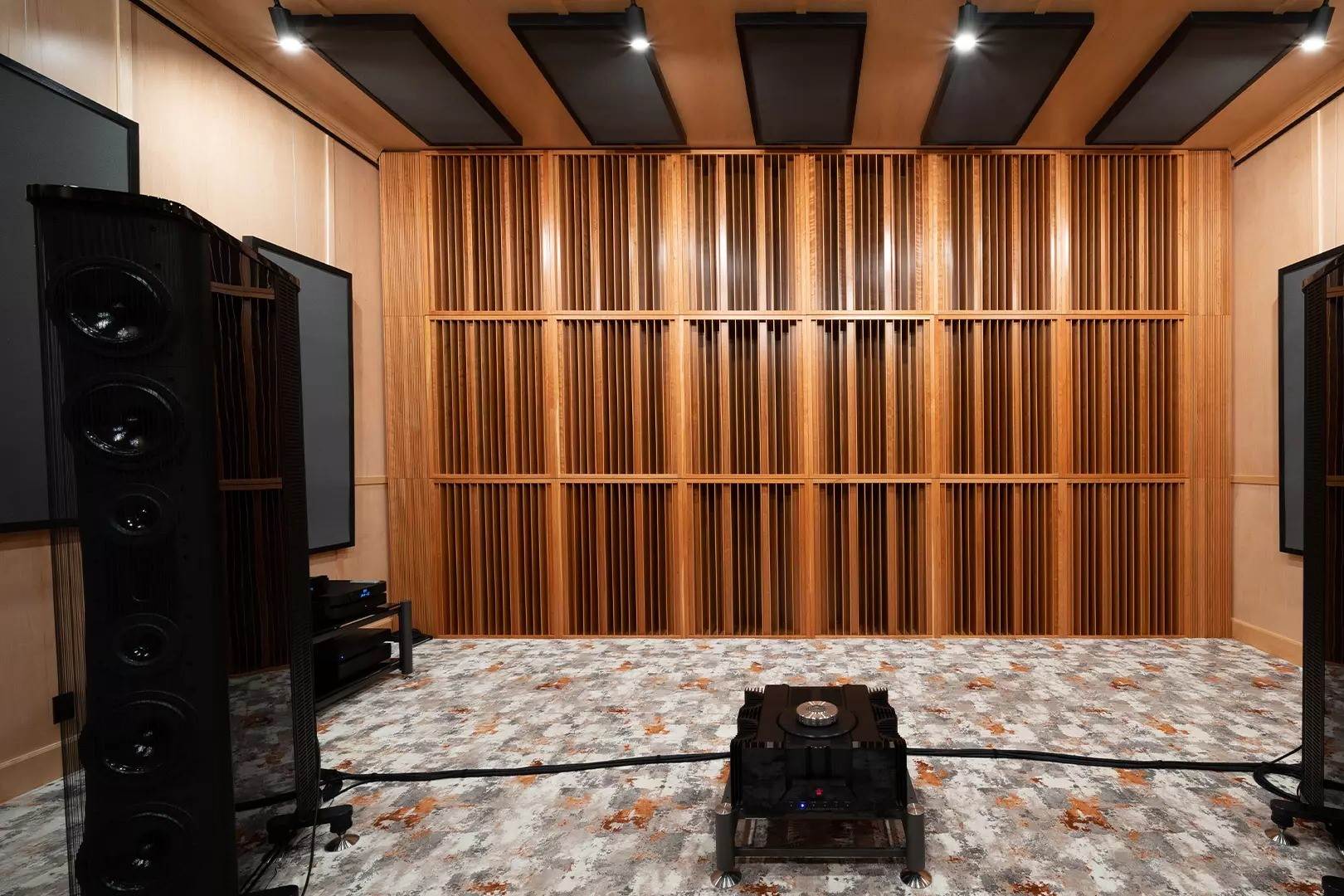

Ideas and Tips
Home Theater Acoustic Diffuser Panels to Improve Sound Quality
Published: September 24, 2024
Enhance your home theater sound quality with acoustic diffuser panels. Learn how to reduce echoes and create an immersive audio experience.
(Many of the links in this article redirect to a specific reviewed product. Your purchase of these products through affiliate links helps to generate commission for Storables.com, at no extra cost. Learn more)
Creating a home theater that offers an immersive and high-quality audio experience is a multifaceted endeavor. While the TV or projection system, seating, and lighting are crucial components, the acoustics of the room play a pivotal role in enhancing the overall sound quality. One of the most effective ways to improve sound in a home theater is by using acoustic diffuser panels. In this article, we will delve into the world of acoustic panels and diffusers, exploring their functions, benefits, and how they can be strategically placed to create an optimal listening environment.
What are Acoustic Panels and Diffusers?
Acoustic panels and diffusers are sound treatment solutions designed to manage sound waves within a room. Acoustic panels are primarily used to absorb sound waves, reducing echoes and reverberations that can muddy the sound. These panels typically consist of materials like wool or foam, which help dampen sound waves by absorbing them rather than reflecting them back into the room.
On the other hand, sound diffusers are designed to scatter sound waves rather than absorb them. Unlike acoustic panels, diffusers maintain a room's natural liveliness by distributing sound energy evenly throughout the space. This is particularly beneficial in larger spaces like concert halls or home theaters where the goal is to enrich the sound environment without making it sound "dead" or muffled.
The Importance of Acoustic Treatment in Home Theaters
Home theaters are often small, enclosed spaces that can suffer from poor acoustics due to their size and layout. Sound waves in these rooms tend to bounce off hard surfaces, creating echoes and reverberations that can degrade the sound quality. This is where acoustic treatment comes into play.
Reducing Echoes and Reverberations
Acoustic panels are specifically designed to address this issue by absorbing sound waves. By placing these panels strategically around the room, you can significantly reduce echoes and reverberations. This is crucial because excessive reverberation can make the sound muddy and unclear, detracting from the immersive experience of watching a movie or listening to music.
Enhancing Sound Clarity
The ultimate purpose of an acoustic panel is to control the Reverberation Time (RT) in a room. RT refers to the time it takes for sound to decay after the source has stopped producing it. In an ideal home theater setup, you want this time to be as short as possible to ensure clear and crisp sound. Acoustic panels help achieve this by absorbing sound waves and preventing them from bouncing around the room.
Diffusion: The Key to Immersive Sound
While absorption is essential for reducing echoes, diffusion is equally important for creating an immersive sound experience. Sound diffusers scatter sound waves in a way that maintains the room's natural ambience. This scattering effect helps distribute sound energy evenly throughout the space, ensuring that every part of the room receives a balanced sound.
In smaller home theaters, diffusion can be particularly beneficial. By scattering high-frequency energy back into the room, diffusers enhance spatiality and create a more natural listening experience. This is crucial because too much absorption can lead to a "dead" sounding room, which is undesirable in any audio setup.
Acoustic Panel Placement: A Strategic Approach
The placement of acoustic panels is critical to their effectiveness. Simply placing them anywhere in the room will not yield the desired results. Instead, you need to identify reflection points where sound waves naturally bounce off surfaces.
Identifying Reflection Points
To find these reflection points, you can use a simple technique involving a mirror and some markers. Here’s how you can do it:
- Turn on a Consistent Sound: Start by playing a consistent sound from your speakers, such as a song.
- Use a Mirror: Have someone hold a mirror on one parallel sidewall.
- Move the Mirror: Ask them to move the mirror around the wall until the speakers are visible in the reflection.
- Mark the Location: Mark this location with sticky notes or tape.
This process will help you identify where sound waves are bouncing off surfaces and where you should place your acoustic panels.
Strategic Placement
Once you've identified the reflection points, you can strategically place your acoustic panels to control these reflections. Here are some general guidelines:
- Front Speakers: Place absorber/diffuser combinations at first reflection points for front speakers. This helps improve imaging and sound clarity while maintaining a natural soundstage.
- Side and Rear Walls: Place additional panels on side and rear walls to further reduce echoes and reflections.
- Ceiling and Corners: Consider placing panels on the ceiling and in corners to address any remaining issues with sound waves bouncing off these surfaces.
Types of Acoustic Panels
There are various types of acoustic panels available, each designed for specific purposes within your home theater setup.
Absorption vs. Diffusion
While both absorption and diffusion are crucial for managing sound waves, they serve different purposes:
- Absorption Panels: These panels are designed to absorb sound waves directly, reducing echoes and reverberations. They are typically made from materials like wool or foam.
- Diffusion Panels: These panels scatter sound waves rather than absorbing them, maintaining a room's natural liveliness. They are often used in larger spaces or where a more immersive sound experience is desired.
Bass Traps
Bass traps are a specialized type of acoustic panel designed specifically to handle low-frequency sound waves. These panels are usually placed in corners where low-frequency sound tends to accumulate, helping to reduce bass buildup and improve overall sound clarity.
Sound Diffusers: Enhancing Immersive Sound
Sound diffusers are particularly effective in larger spaces where maintaining a room's natural ambience is crucial. Unlike acoustic panels, which aim to absorb sound energy, diffusers scatter sound waves evenly throughout the room.
Benefits of Sound Diffusers
- Maintaining Natural Liveliness: Sound diffusers help maintain a room's natural liveliness by distributing sound energy evenly.
- Enhancing Spatiality: By scattering high-frequency energy back into the room, diffusers enhance spatiality and create a more natural listening experience.
- Ideal for Larger Spaces: Diffusers are particularly beneficial in larger spaces like concert halls or home theaters where enriching the sound environment is important.
Challenges with Sound Diffusers
- Complex Installation: Sound diffusers often come in larger sizes and can be quite heavy, requiring professional installation.
- Higher Cost: They are generally more expensive than acoustic panels both in terms of the product itself and the cost of installation.
Practical Applications
Let's look at some practical applications of acoustic diffuser panels in home theaters:
Case Study 1: Small Bedroom Home Theater
A Reddit user described their experience with a small bedroom home theater setup. Despite having a non-ideal room layout (an 11'x11' bedroom with 8' ceilings), they noticed significant improvements after installing acoustic treatment panels. The user reported that clapping tests revealed noticeable echoes before treatment but found that after installing GIK bass trap panels and regular acoustic panels, the room became much quieter and more immersive.
Case Study 2: DIY Acoustic Panels
Another Reddit user shared their DIY experience with creating acoustic panels using mineral wool bass traps mounted floor-to-ceiling on corners and 2-inch panels at first reflection points. This setup significantly reduced echoes and improved imaging and sound clarity.
Conclusion
Creating an optimal home theater environment involves more than just choosing the right equipment; it also requires careful consideration of the room's acoustics. Acoustic diffuser panels play a crucial role in managing sound waves by either absorbing or diffusing them strategically around the room.
By understanding how to identify reflection points, choosing between absorption and diffusion panels based on your specific needs, and applying these principles practically through strategic placement within your home theater setup—whether it’s a small bedroom setup or a larger dedicated room—you can significantly enhance your overall audio experience.
Whether you're looking to improve speech intelligibility or create an immersive music experience, incorporating acoustic diffuser panels into your home theater setup is an essential step towards achieving superior sound quality that will elevate every moment spent enjoying your favorite movies or music.
Additional Resources
For those looking to dive deeper into room acoustics and treatment options:
- Anthony Grimani + Audioholics Videos: These videos provide a comprehensive foundation on room acoustics.
- Ethan Winer’s Videos: Ethan Winer offers valuable insights into DIY acoustic panel creation and room treatment strategies.
- REW Measurement Microphone: Using a measurement microphone like REW can help you understand your room's acoustics better before applying any treatments.
By combining these resources with practical application tips outlined above, you'll be well-equipped to transform your home theater into an immersive audio paradise tailored specifically for your needs.
Was this page helpful?
At Storables.com, we guarantee accurate and reliable information. Our content, validated by Expert Board Contributors, is crafted following stringent Editorial Policies. We're committed to providing you with well-researched, expert-backed insights for all your informational needs.
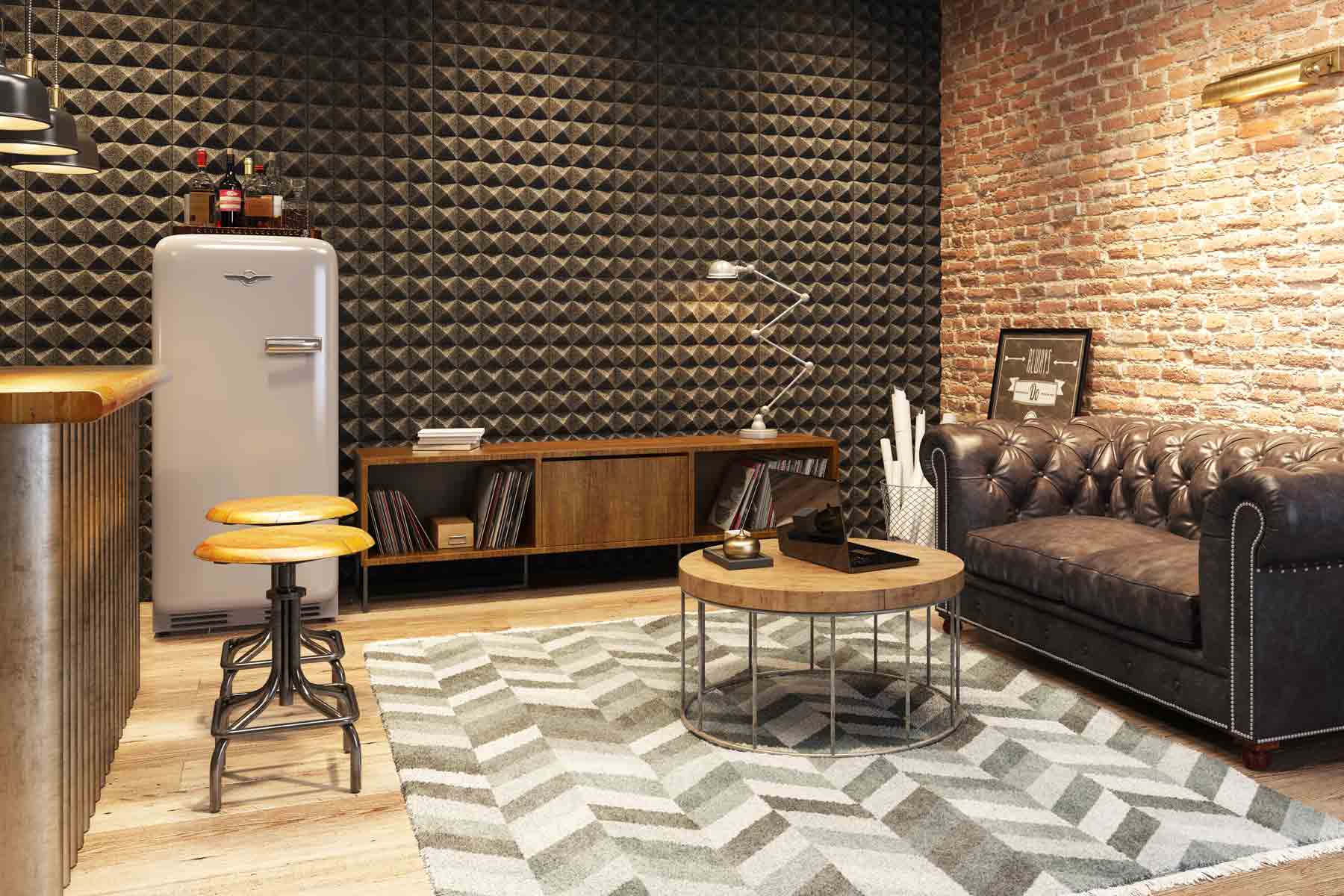
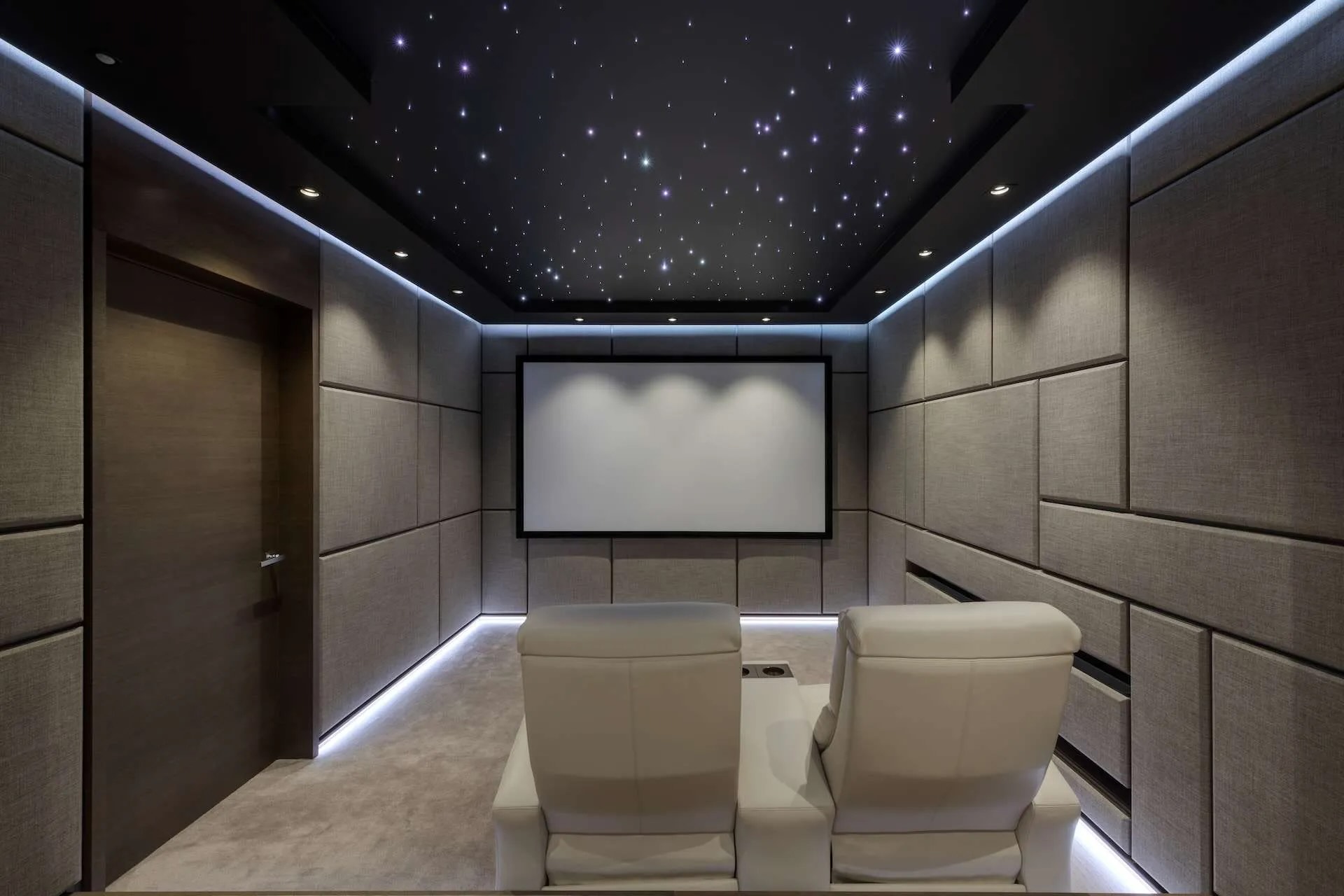
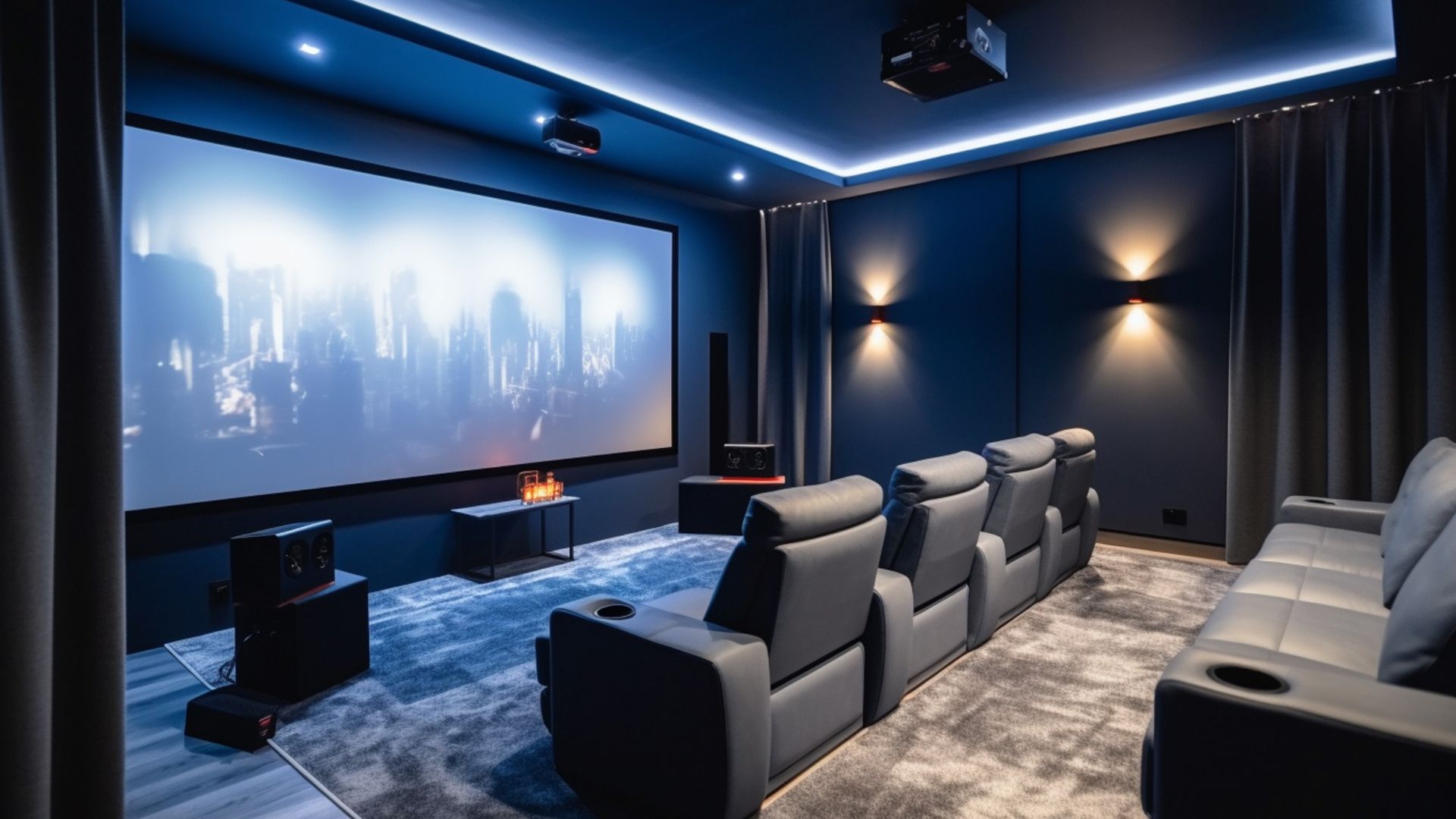
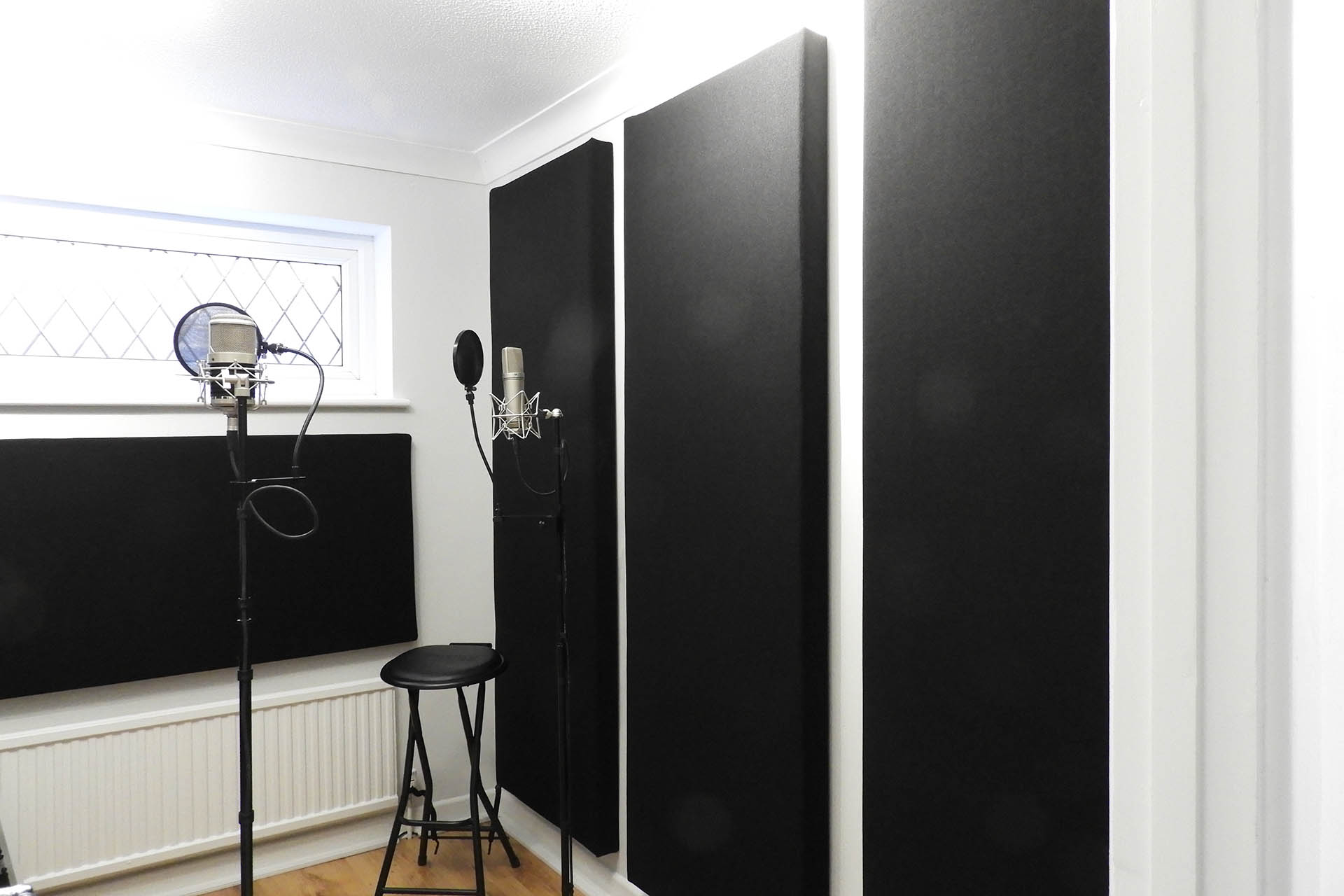
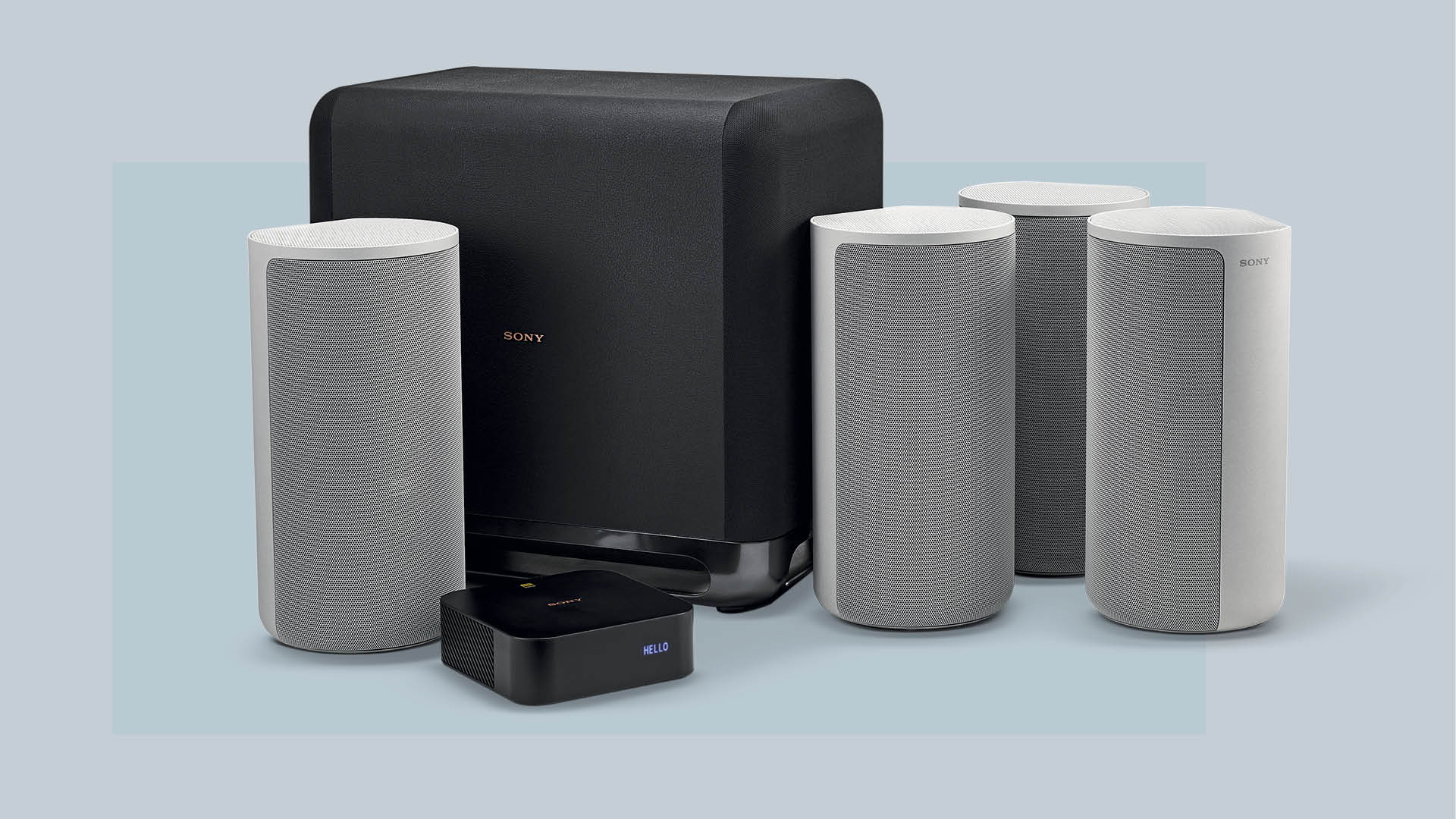
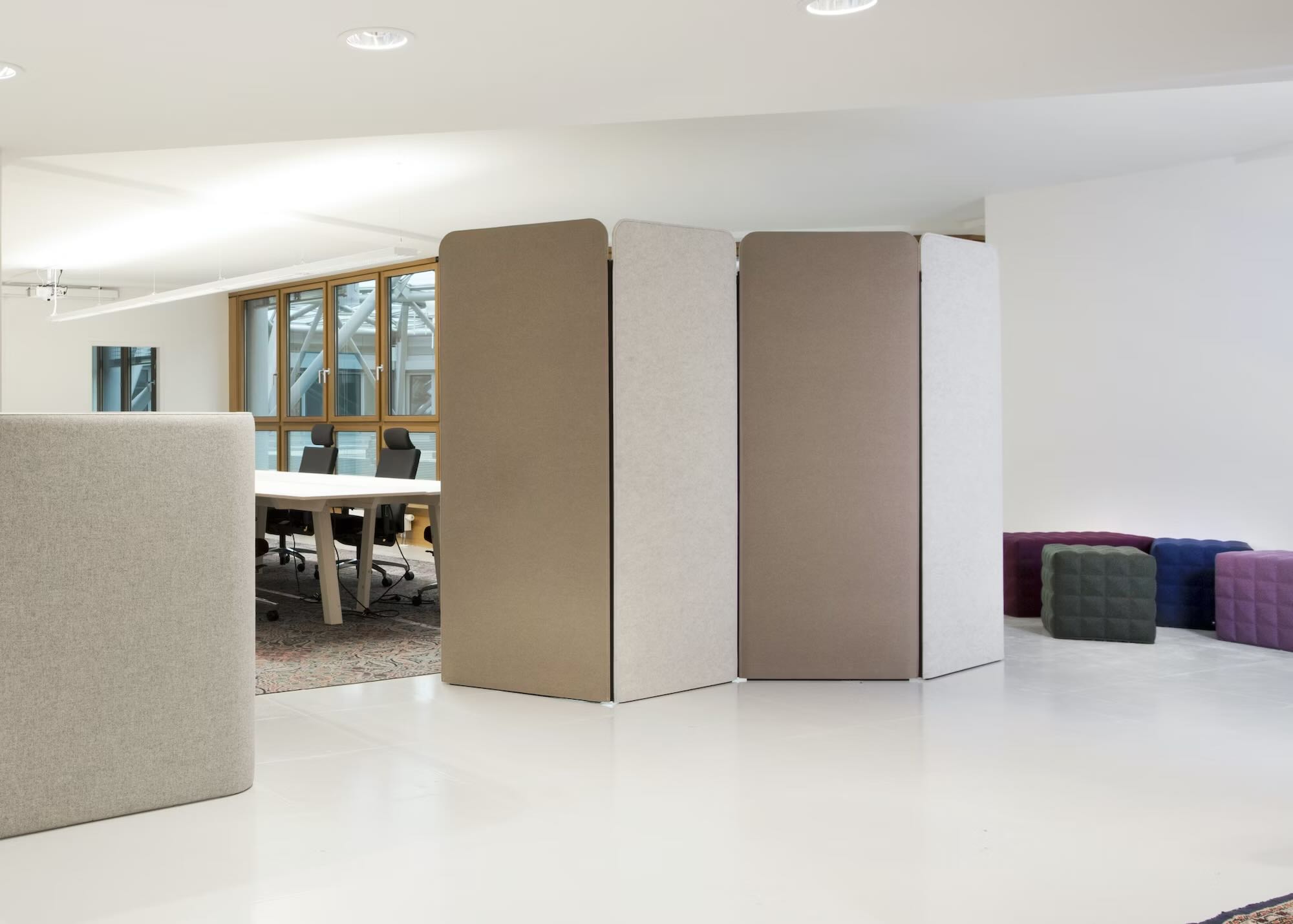

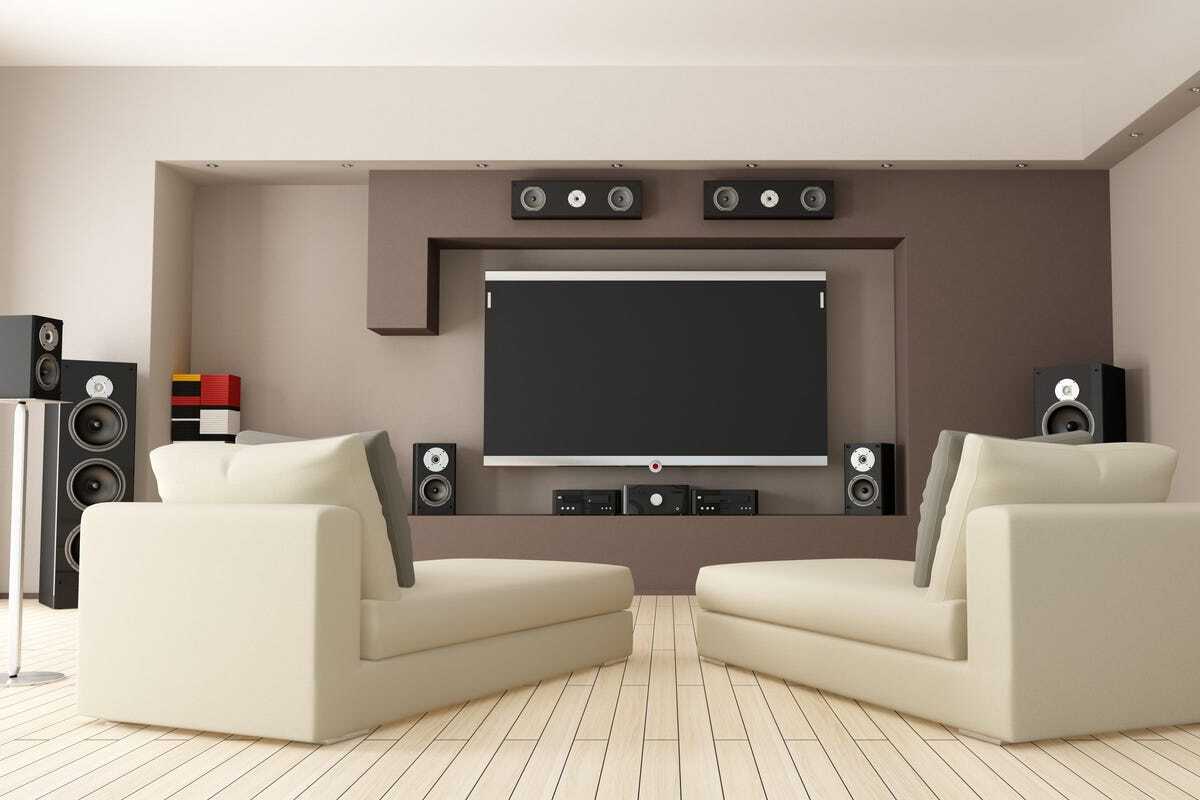
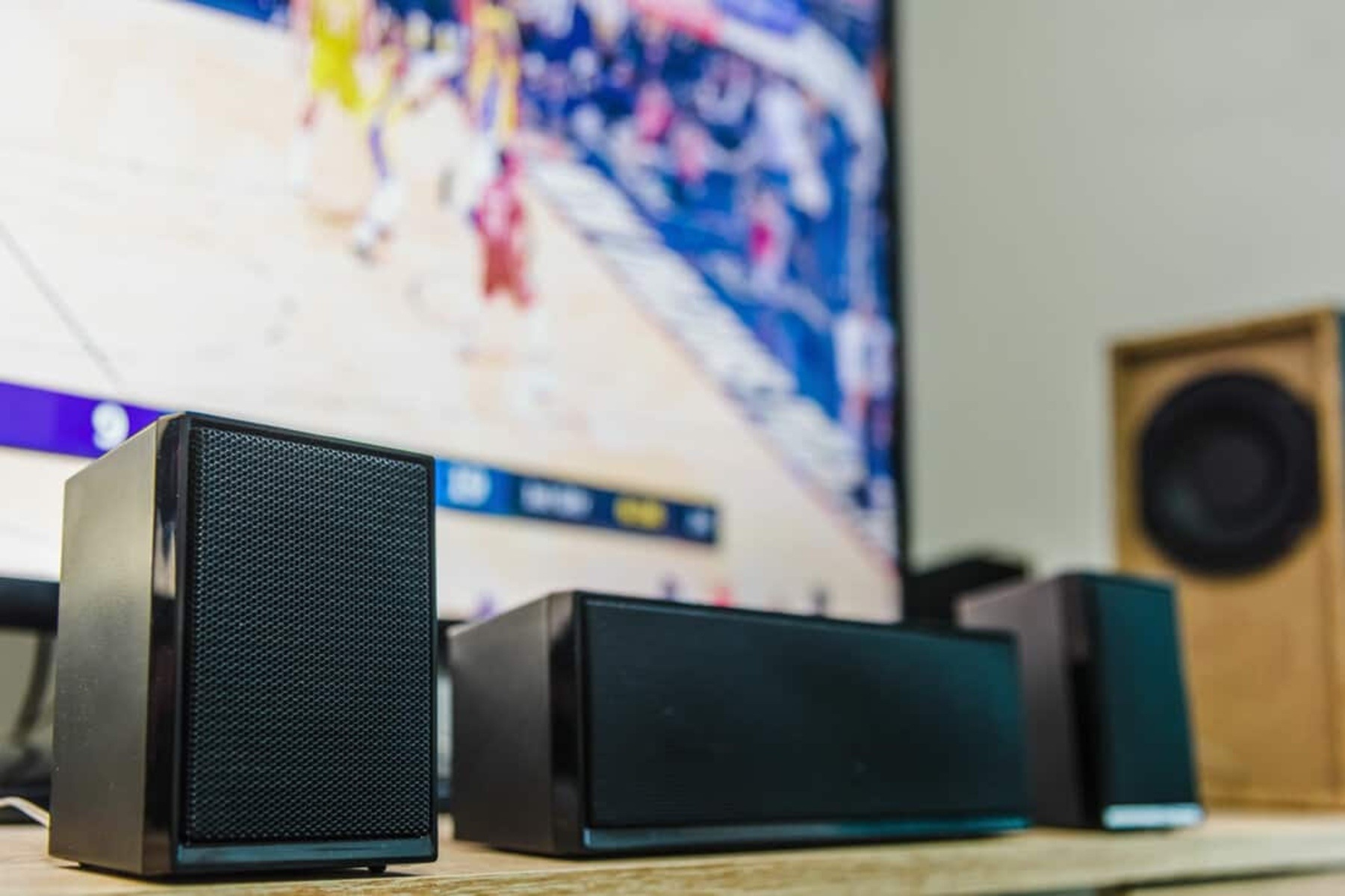

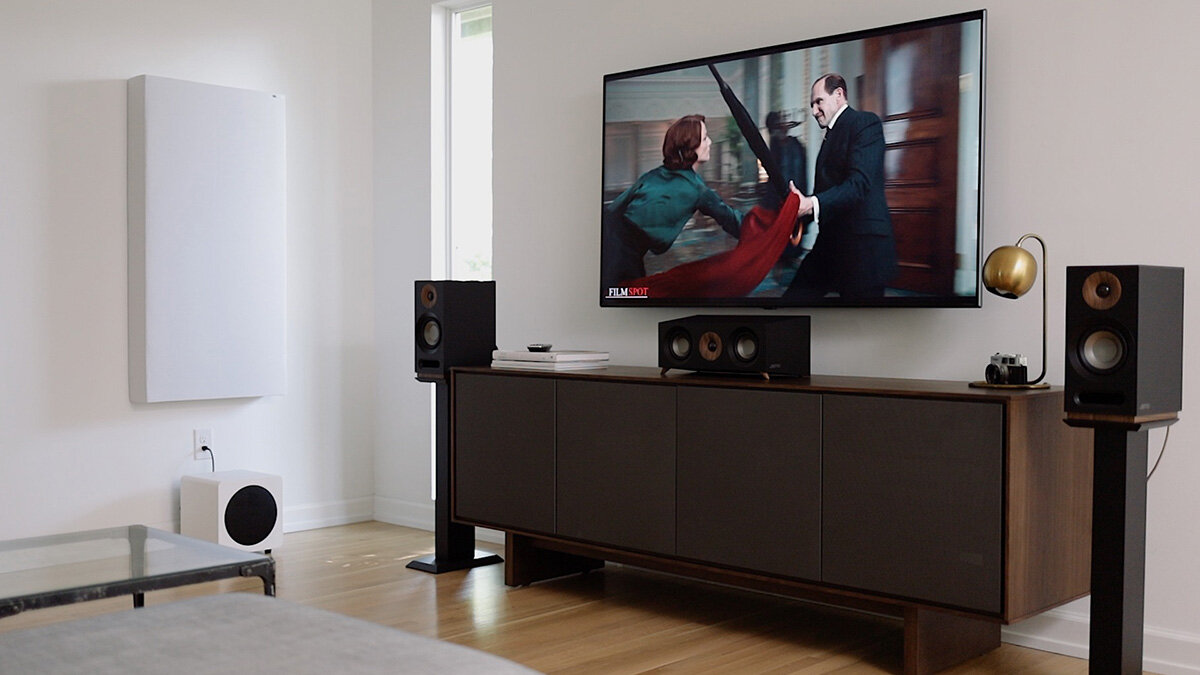

0 thoughts on “Home Theater Acoustic Diffuser Panels to Improve Sound Quality”